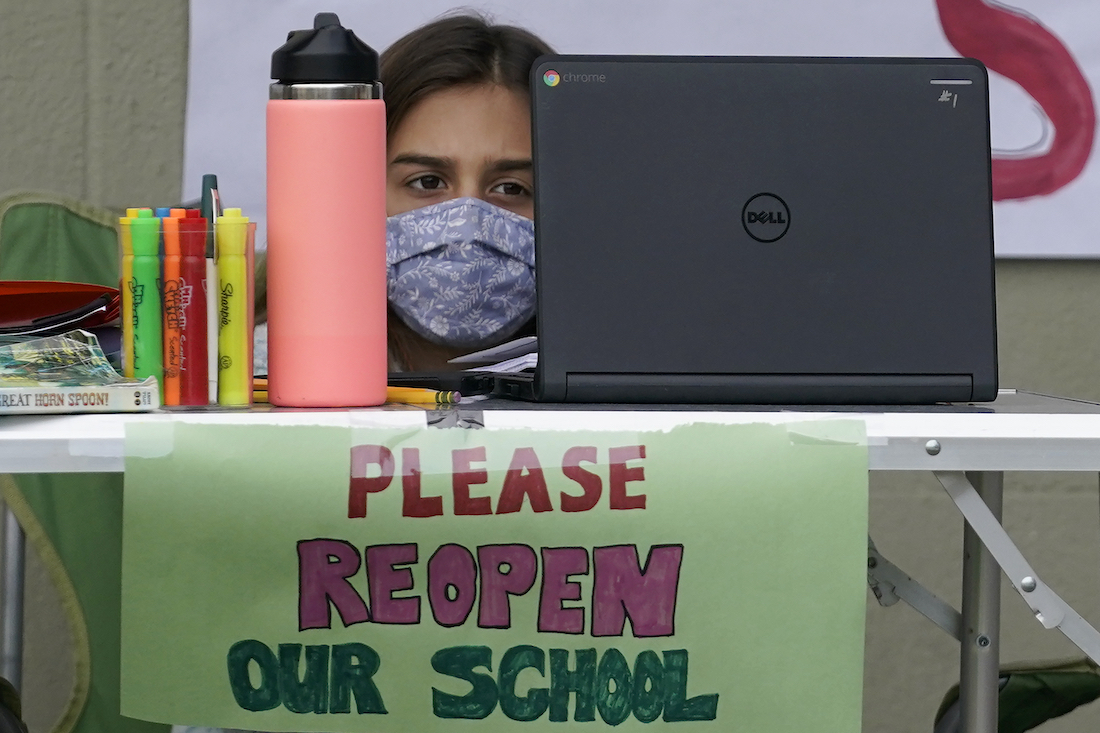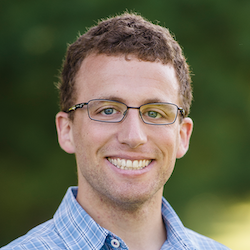What happens in California doesn’t tend to stay in California – and that’s usually bad for America. For instance, “55% of all public school students, including those in charter schools, were at home, in distance learning, as of April 30, according to an EdSource analysis of new data released by the state.” However, a new and growing parental rights movement in the state is making headlines, creating change, and forging a national push for the nation’s still-shuttered schools to reopen over union opposition.
During the early stages of the reopening, opposition to lockdowns and shutdown due to COVID-19 were almost exclusively associated with Republican-leaning states. But even though California’s parents want to distance themselves from reflexive opposition to school closures, they are also demanding that teachers’ unions and their political officials stop opposing the science which shows that schools can safely reopen.
Their pleas have often been met with contempt. An entire district school board was forced to resign after a leaked recording showed board members insulting parents during a meeting. One member told critical parents, “I’m gonna f— you up!” The board president then suggested that parents “want to pick on us, because they want their babysitters back.” The head of a local teachers’ union was caught sending his daughter to a private preschool, even while he fought against reopening public schools. And a school board member in San Diego County claimed that setting a timeline for reopening schools was “a very white supremacist ideology” before comparing reopening requirements to “slavery.”
In the meantime, California’s parents are paying the taxes which fund $6.6 billion in extra funding for in-school instruction – which, again, the scientific evidence suggests should have started a long time ago.
As the Acton Institute has already reported, it’s quite clear that opponents of reopening schools have run out of excuses and are merely doing the politically expedient bidding of catering to teachers’ unions. The center-left Brookings Institution found that “politics, far more than science, shaped school district decision-making.” In fact, Brookings confirmed that “there is no relationship” between reopening decisions and COVID-19 cases.
The connection between school closings and children’s well-being is clear: Keeping kids home does little to reduce their likelihood of catching COVID-19, but extended shutdowns can cause or exacerbate mental health issues among young people.
California’s parents have had enough, and they’ve been voicing their anger to Gov. Gavin Newsom and other state officials. But it’s not clear that state officials are willing to put their foot down and get kids back to school. The law that includes the $6.6 billion handout to the school system did not actually require school districts to resume in-person instruction. It also did not specify how many days a week students must be in the classroom for schools to receive this extra funding; they could easily “reopen” for just one or two days a week, keeping students at home and glued to their screens the rest of the time, an qualify. At least one district adopted this half-measure.
The National Education Association is the nation’s largest union, and it is one of two powerful teachers’ unions. However, it looks like union officials have overplayed their hand in California: Even dependably liberal voters are starting to realize that teachers’ unions do not necessarily have their children’s interests in mind. This could provoke a shift in attitudes that empowers American families and deals a blow to big-government, protectionist, special interests.
Before taking office, President Joe Biden promised that most schools would be open by the end of his first 100 days in office. But then the administration scaled its plans back to include only K-8 schools. Then White House Press Secretary Jen Psaki lowered moved the goalposts again to having most schools open “at least one day a week” – and Biden later chalked up even that low standard to a “mistake in the communication.” In February, Psaki waffled on whether CDC Director Rochelle Walensky was speaking in her “personal” or professional capacity when Walensky said school reopenings could take place without widespread vaccinations.
If unions continue to prefer their members’ interest in staying at home at the expense of students’ interests in being in the classroom, parents will sour on teachers’ unions. And if the parents keep up the pressure on elected officials, those officials will have to make a choice: ignore their voters, or risk losing the support of these public-sector unions, and their large and influential membership base. Either way, Californians might start to rethink their support for unions and the status quo in public education. The best thing that could come out of this situation would be if overreaching teachers’ unions push parents to support school choice and individual liberty over unresponsive bureaucrats thaat put special interests ahead of their state’s children.

